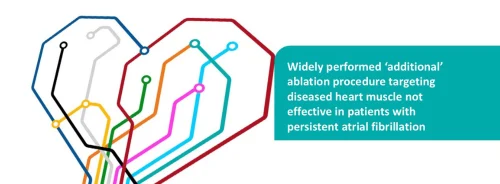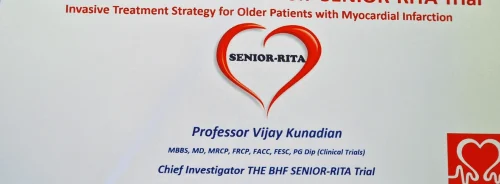Undergraduate medical education has traditionally allocated limited focus to radiology, often confined to sporadic lectures or optional electives. This lack of consistent and comprehensive radiology education can hinder medical students from gaining a solid understanding of this critical field. Recognising this gap, McMaster University's radiology department embarked on an ambitious journey to overhaul its radiology curriculum. This article outlines the essential steps taken, the challenges faced, and the lessons learned from implementing a robust, longitudinal radiology curriculum integrated within a problem-based learning (PBL) framework.
Building a Centralised Committee: The Foundation of Success
The first and perhaps most crucial step in revamping the radiology curriculum was establishing a centralised Undergraduate Radiology Curriculum Committee (URCC). This committee, chaired by the Undergraduate Radiology Program Director (URPD), brought together motivated faculty, residents, and students. The committee was responsible for creating, implementing, and maintaining the new curriculum. It also served as a platform for collaboration, ensuring that the curriculum was cohesive, sustainable, and relevant to the students' needs.
The URCC outlined three high-level objectives for the new curriculum: teaching gross anatomy through radiological imaging, teaching the interpretation of imaging studies, and guiding the appropriate ordering of diagnostic imaging. The committee also emphasised the importance of mentorship and career planning in radiology, ensuring that students not only learned the necessary skills but also considered radiology as a potential career path. This centralised approach ensured the curriculum development was organised, comprehensive, and sustainable over the long term.
Curriculum Development: A Multi-Year Approach
The curriculum development process was intentionally gradual, with new elements introduced each year to ensure sustainability. In the first year, the focus was on integrating radiology with anatomy teaching through interactive sessions. These sessions were well-received, with students appreciating the opportunity to test their knowledge in a quiz-based format that reinforced their learning.
The committee revamped radiology lectures in the second year, standardising them to ensure consistency and reduce redundancies. Introducing a flipped-classroom model further enhanced student engagement, making the sessions more interactive and practical. By the third year, radiology media files were integrated into problem-based learning (PBL) cases, allowing students to engage with radiology content in a clinical context. This incremental approach allowed the curriculum to grow in a sustainable way, with each year's innovations building on the previous year's successes.
Enhancing Learning Through Innovative Resources
In addition to the structured curriculum, the URCC introduced several innovative resources to enhance learning. During the pandemic, the committee contributed to developing clinical skills videos, ensuring that radiology education continued despite the challenges of remote learning. These videos covered essential diagnoses and imaging techniques, providing students with valuable visual and practical resources.
Moreover, a radiology boot camp elective was introduced for second-year students before they began their clerkships. This one-week intensive course covered various imaging modalities and procedural skills, offering students a hands-on experience that bridged the gap between pre-clerkship learning and clinical practice. The boot camp quickly became popular, with students ranking it highly among their elective choices. These resources not only enriched the students' learning experience but also increased their confidence in interpreting and ordering imaging studies.
Successes, Challenges, and Future Directions
The revamp of the radiology curriculum at McMaster University was a significant success, marked by increased student engagement, improved perception of radiology education, and a growing interest in radiology as a career. However, challenges remain, particularly in securing sufficient curricular time and ensuring that the curriculum translates into measurable improvements in students' radiological skills.
Looking ahead, the URCC plans to continue refining and expanding the curriculum, focusing on clerkship-level education and further integration of radiology into clinical practice. The committee aims to build on its successes and address the remaining challenges by maintaining a centralised, collaborative approach, ensuring that future medical students receive a comprehensive and engaging radiology education.
The journey at McMaster University serves as a valuable model for other institutions seeking to enhance their radiology curriculum. The lessons learned from this process highlight the importance of centralised planning, gradual implementation, and innovative resources in creating a sustainable and impactful educational programme.
Source: Academic Radiology
Image Credit: iStock






